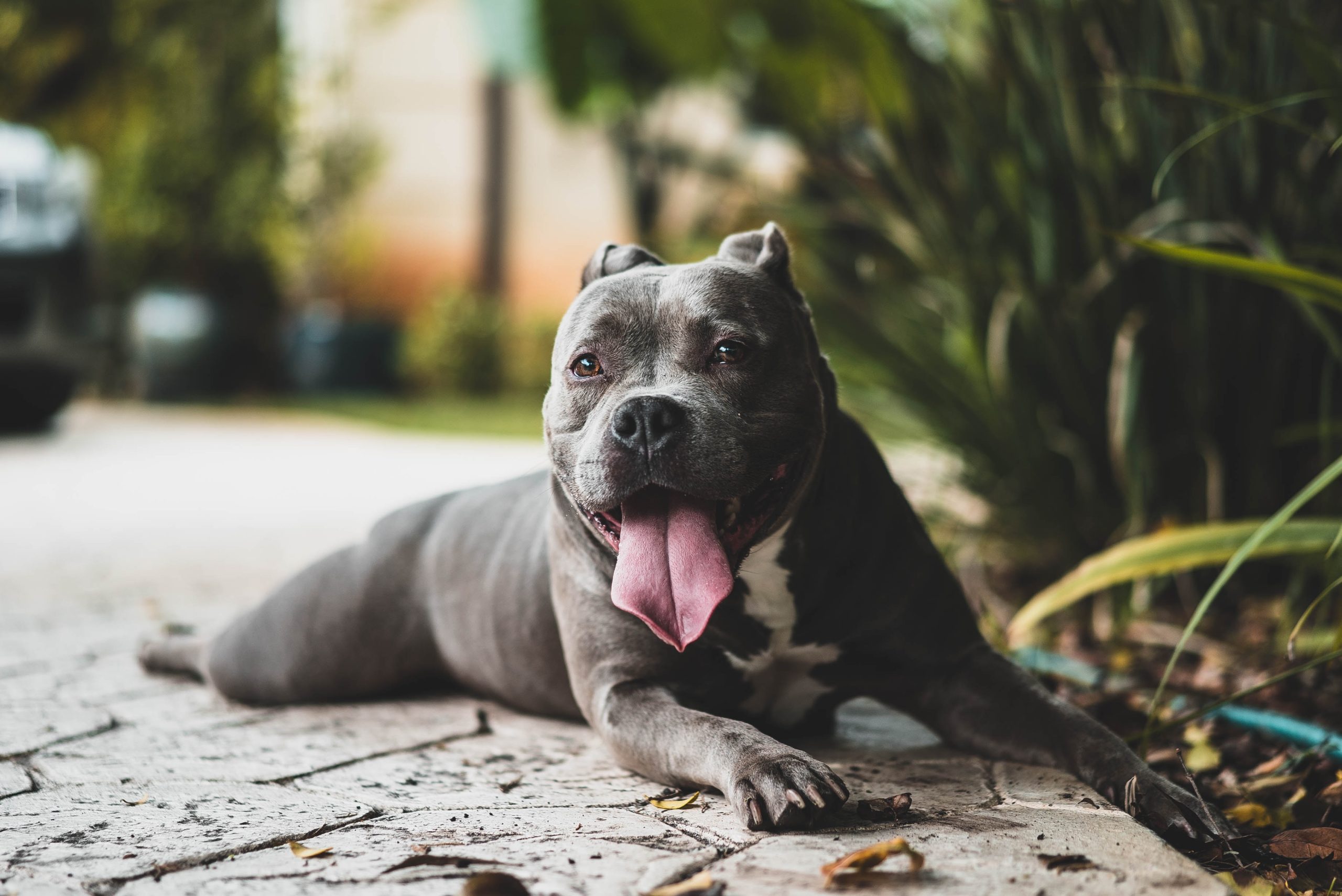The Crucial Role of Rabies Vaccines for Dogs
The article discusses the importance of rabies vaccines for dogs, including the prevention of disease transmission, legal requirements, community protection, vaccination process and schedule, as well as research findings on the success rate of the vaccine.
Understanding Rabies in Dogs
Rabies is a deadly viral disease that affects dogs and humans. It is transmitted through a bite or scratch from an infected animal, and the symptoms include nonspecific behavioral changes, an excitatory phase, and a paralytic phase. Unfortunately, there is no effective treatment for rabies in dogs. Clinical signs of rabies in dogs also include hiding, vomiting, exhaustion, lack of appetite, and behavioral changes.
Rabies is a zoonotic disease, meaning it can be transmitted from animals to humans. This makes the rabies vaccine not only important for the health of dogs but also for the safety of humans who may come into contact with infected animals. The disease is caused by viruses in the genus Lyssavirus, which leads to acute, progressive encephalitis. Once the symptoms of rabies manifest in a dog, the disease is almost always fatal.
To illustrate, there have been real-life examples of people and pets being exposed to rabies, resulting in expensive medical costs and euthanasia. This highlights the serious nature of the disease and underscores the critical need for preventive measures such as vaccination. Therefore, the rabies vaccine plays a crucial role in preventing the spread of this devastating disease, both among dogs and the human population.
Importance of Rabies Vaccines for Dogs
The importance of the rabies vaccine for dogs cannot be overstated. Rabies is a deadly viral disease that affects dogs and humans, and the vaccine is crucial for protecting dogs from contracting and spreading the disease. The virus is transmitted through a bite or scratch from an infected animal, and once symptoms appear, there is no effective treatment for rabies in dogs. Without vaccination, dogs are at risk of contracting this fatal disease, which not only poses a risk to their health but also to the safety of humans.
One real-life example of the importance of the rabies vaccine is the case of a dog encountering a potentially rabid animal while on a walk. If the dog is not vaccinated, the encounter may result in the spread of rabies to the dog, leading to severe illness and even death. Additionally, unvaccinated dogs put their owners and other humans at risk if they are bitten or scratched by the infected dog. Therefore, the vaccine is not only essential for the well-being of the dog but also for the safety of the community.
Furthermore, the rabies vaccine is not only beneficial for individual dogs but also for the overall community. Vaccination is essential to prevent rabies from killing pets and spreading to humans, and it is legally required for dogs in most states. By vaccinating dogs, the spread of rabies among domestic dogs has been significantly reduced, demonstrating the crucial role of the vaccine in protecting the canine population and preventing the transmission of the disease to humans.
Legal Requirements and Community Protection
Rabies vaccination for dogs is not only essential for the health and well-being of the animals but also for the protection of humans and other pets within the community. In the United States, the rabies vaccine is a core requirement for dogs and is mandated by law in most states. This legal requirement emphasizes the significance of preventing the spread of rabies and highlights the responsibility of dog owners in safeguarding public health.
The impact of rabies vaccination extends beyond individual pet protection. By ensuring that dogs are vaccinated, communities can significantly reduce the risk of rabies transmission to humans and other animals. This vital measure contributes to the safety of the entire family and community, underscoring the interconnectedness of human and animal health. Moreover, in the event of an unvaccinated animal being suspected of carrying rabies, stringent quarantine measures are implemented to prevent the potential spread of the disease, further emphasizing the critical role of vaccination in maintaining public safety and well-being.
An example that illustrates the importance of community protection through rabies vaccination is the near eradication of the dog rabies variant in the United States, highlighting the effectiveness of widespread vaccination efforts in preventing the transmission of the disease to humans and other animals. This success demonstrates the tangible impact of adhering to legal requirements for rabies vaccination and the subsequent protection it offers to the broader community.
Vaccination Process and Schedule
The process of vaccinating dogs against rabies is crucial to ensure their protection from this deadly disease. The rabies vaccine is typically recommended when dogs reach a minimum of 3 months of age, and a booster shot is required one year later to maintain immunity. It’s important to note that the vaccination schedule may vary slightly based on state regulations, but in general, it is a legal requirement for dogs, cats, and ferrets to receive the rabies vaccine.
Antibody testing is also available to assess the level of immunity in dogs before they are revaccinated. While this testing can provide valuable information, most states mandate revaccination regardless of a dog’s medical history or antibody levels. This is to ensure that pets are consistently protected against the risk of rabies infection. Moreover, if a dog comes in contact with a potentially rabid animal, such as a wild raccoon or bat, a veterinarian may recommend a booster shot to reinforce the dog’s immunity and safeguard them from the disease.
Additionally, ongoing research is being conducted to evaluate the duration of immunity provided by the rabies vaccine. Challenge studies are being used to assess the long-term effectiveness of the vaccine, with the goal of potentially altering vaccination protocols in the future based on these findings. This research aims to enhance the overall understanding of rabies immunity in dogs and improve the preventive measures against this lethal disease, ultimately benefiting the health and safety of both pets and humans alike.
By adhering to the vaccination schedule and staying informed about research advancements, dog owners can ensure that their pets are adequately protected from the threat of rabies, contributing to the well-being of the community and the overall reduction of this fatal disease.
Success Rate and Research Findings
Research findings have demonstrated the remarkable success of rabies vaccines in protecting dogs from the deadly disease. For instance, rabies virus challenge trials have revealed that vaccinated dogs exhibit a notably higher survival rate in comparison to unvaccinated dogs. This highlights the crucial role of the rabies vaccine in safeguarding dogs from the severe and often fatal effects of the rabies virus. These trials have provided concrete evidence of the significant protective impact of the vaccine on dogs, emphasizing its importance in preventing the spread of the disease and ensuring the well-being of pets.
Moreover, a study on memory antibody responses following a rabies virus challenge revealed compelling correlations between post-challenge Day 12 antibody levels and the protection of vaccinated dogs. This underscores the effectiveness of the vaccine in generating a robust immune response that shields dogs from the virus. Additionally, the detection of memory humoral responses through serology further reinforced the link between vaccination and increased survival rates at 12 days post-challenge. These findings serve as a testament to the vaccine’s ability to confer strong and lasting immunity against rabies, underscoring its vital role in preserving the health and lives of dogs. Furthermore, the research also highlighted that 90% of previously vaccinated groups displayed significant antibody responses after re-vaccination, in stark contrast to the lower response rate of 30% observed in the unvaccinated dogs. This compelling data showcases the effectiveness of the rabies vaccine in providing sustained protection to dogs, further solidifying its status as a critical preventive measure against rabies.
Understanding Rabies in Dogs
Rabies is a deadly viral disease that affects dogs and humans. It is caused by viruses in the genus Lyssavirus and leads to acute, progressive encephalitis. The virus is transmitted through a bite or scratch from an infected animal, commonly seen in wildlife such as raccoons, skunks, foxes, coyotes, and bats. Once a dog is infected, the disease progresses through nonspecific behavioral changes, an excitatory phase, and a paralytic phase, eventually leading to death, as there is no effective treatment for rabies in dogs.
Moreover, clinical signs of rabies in dogs also include hiding, vomiting, exhaustion, lack of appetite, and behavioral changes. These symptoms can be distressing for both the infected dog and their owners, making it crucial to consider the importance of the rabies vaccine as a preventive measure. For example, in the case of a dog being bitten by a rabid animal, the presence of the rabies vaccine ensures a layer of protection against this fatal disease, ultimately safeguarding the dog’s life and the well-being of its human family members and the wider community. Therefore, understanding the severity of rabies and the potential consequences for both dogs and humans underscores the critical importance of the rabies vaccine as a protective measure.



